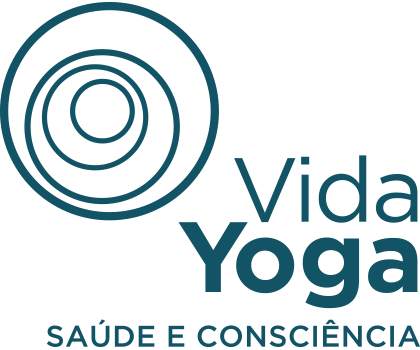THE BODY FOLLOWS THE MIND AND THE MIND FOLLOWS THE BREATHING
THE BODY FOLLOWS THE MIND
AND THE MIND FOLLOWS THE BREATHING
Yogi Bhajan
Knowing your breathing pattern and becoming aware of your breath is essential to promote health and vitality, to develop concentration and to create a sense of connection.
When you inhale, the diaphragm makes room for the air moving down (compresses the abdominal organs). While the lungs will fill with air, the rib cage expands in all directions (front, back and sides of the chest). Finally the breath moves up towards of the top of the lungs, expands the area of the clavicle and raises the chest.
When you exhale, the ribs, diaphragm and navel point work together to squeeze the old air out of the body. The diaphragm moves up, pulling the ribs and compressing the lungs. The point of the navel presses the abdominal organs up, squeezing the lower part of the lungs, where there are more alveoli and capillaries, therefore, absorbing more ‘prana’ and oxygen. Incomplete expirations build up this region with old air and every time you inhale you compress this old air. It is necessary to exhale completely to clear the lungs, preventing the accumulation of carbon dioxide and acidification of the body.
Effects of Long and Deep Breathing:
- Reduces the storage of toxins in the lung alveoli;
- Cleans the blood;
- Stimulates the production of endorphins (neurotransmitters known as pleasure hormones) in the brain, controlling depression;
- Reduces fear and insecurity (helps break subconscious patterns of fear);
- Produces calm and relaxation;
- Resets your brain to make correct decisions that will flow automatically in crisis situations;
- Pumps the spinal fluid to the brain, giving you more energy;
- Stimulates the hypophysis (OR pituitary gland – is considered a master gland) to secrete;
- Increases intuition;
( From the book “Kundalini Yoga Program for Beginners, Teacher Book,” page 21.)
With love,
Suraj Prakash Kaur

